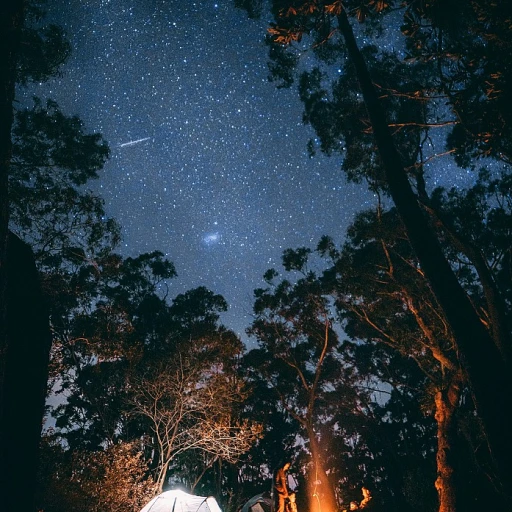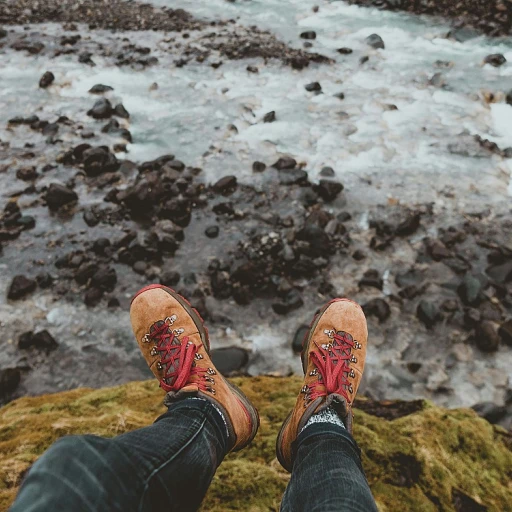What is the rain shadow effect?
Understanding the phenomenon that shapes landscapes
The rain shadow effect is a fascinating meteorological phenomenon that has a profound impact on many landscapes across the globe. It occurs when moist air ascends a mountain range, cools, and loses most of its moisture as precipitation on the windward side. By the time the air descends on the leeward side, it is much drier, creating arid conditions known as a rain shadow.
For hiking enthusiasts, understanding the rain shadow effect is crucial, as it directly influences the climate and weather patterns of certain hiking destinations. Areas in a rain shadow typically experience less precipitation, which can result in distinct ecological and environmental characteristics.
Not only does this phenomenon shape vast regions, but it also creates diverse terrains that can vary dramatically within short distances. Mountains play a key role in this weather pattern, acting as natural barriers that alter the distribution of rainfall.
As we explore the impacts on hiking locations and delve into how this affects planning a trek in rain-shadowed zones, gaining insights into this natural occurrence can enhance your hiking experience significantly.
Impact on hiking destinations
Understanding how microclimates transform trails
When planning your next outdoor adventure, it's essential to understand how the rain shadow effect can significantly influence your choice of hiking destinations. This phenomenon can create two vastly different environments on either side of a mountain range, impacting your trail conditions and overall experience.
On the dry side of the mountain, where the rain shadow is present, you'll encounter arid conditions that can lead to unique plant life and rugged terrain. These areas often boast clear skies and uninterrupted views, making them a hiker’s paradise for breathtaking vistas. However, it's crucial to prepare for the challenges these environments may pose, such as limited water sources and extreme temperatures.
Conversely, the lush and vibrant landscapes on the side of the mountain receiving rainfall offer a different kind of allure. Here, trails may be more accessible and safer from dehydration risks, thanks to abundant natural water supplies. While traversing these well-vegetated areas, be aware that they may also involve muddy paths and increased presence of bugs.
Evaluating these contrasting microclimates not only adds intrigue to your excursions but also demands thoughtful pre-trip consideration. Whether you're exploring dry desert-like trails or lush green pathways, this understanding can tailor your gear, hydration strategy, and even trail choice to optimize safety and enjoyment.
Notable examples around the world
Renowned Regions Showcasing This Natural Phenomenon
The fascinating rain shadow effect has given rise to some remarkable hiking destinations across the globe. Understanding this natural occurrence not only enhances your appreciate for these landscapes but also assists in planning your next hiking adventure more effectively.
Take, for instance, the majestic Himalayas, where the rain shadow effect has carved out arid landscapes like the Tibetan Plateau. The lush southern slopes receive abundant rainfall, while the northern side remains relatively dry and barren, creating a stark contrast that's both visually stunning and climatically unique.
Meanwhile, in the United States, the Cascade Range in the Pacific Northwest offers another striking example. On the western side, lush temperate rainforests thrive due to the heavy precipitation, but as you cross over to the eastern side, you'll find yourself in more arid, desert-like conditions indicative of the rain shadow effect. This creates diverse hiking experiences within close proximity.
The Andes Mountains in South America also show this phenomenon beautifully. The Atacama Desert, located on the leeward side of the Chilean Andes, is considered one of the driest places on Earth due to the Andes' influence on wind and moisture patterns. Hiking through such distinct environments provides unique insights into the natural world's complexity.
Learning about these unique hiking destinations helps create a mental map of how the rain shadow effect influences our planet. These areas not only offer extraordinary scenery for outdoor enthusiasts but also whisper stories of nature's enduring power and beauty.
Planning your hike in rain shadow regions
Considerations for Hikers in Rain Shadow Areas
Planning a hiking trip in a region affected by the rain shadow phenomenon requires thoughtful preparation. While these areas often offer mesmerizing landscapes and unique trails, understanding the distinctive conditions is crucial for a successful adventure.
One of the foremost considerations is the weather pattern in rain shadow regions. Typically, these areas are subject to drier climates, which can be both a boon and a challenge for hikers. On one hand, the lack of rain results in clear skies and less muddy paths, providing ideal hiking conditions. However, on the flip side, the dry climate can lead to limited water sources along the trail, making it essential to carry ample water supplies.
Another factor to account for is the terrain. Rain shadow regions often present varied landscapes, from arid deserts to rugged mountain ranges. It's essential to research the specific topography of your chosen destination to ensure you're adequately prepared both in terms of physical readiness and gear selection.
Gear selection is another critical aspect. You'll want to wear layers to accommodate temperature fluctuations and carry extra sunscreen to protect against UV radiation in areas with less cloud cover. Don't forget a reliable map or GPS device, as some rain shadow regions can have sparse trail markers.
For those looking to explore diverse hiking books that can guide their journey through rain shadow areas and beyond, check out a thoughtfully curated list of hiking books designed for every adventurer's trail.
Preparation is vital when trekking through these unique areas. By considering the specific challenges and opportunities presented by rain shadow regions, you can make the most of your hiking experience and enjoy the breathtaking beauty these landscapes have to offer.
Personal stories from the trail
Trail tales: Experiencing varied landscapes in rain shadow regions
Venturing into rain shadow regions offers a ballet of landscapes, subtly sculpted by nature’s unique choreography. Hikers who've traversed these areas often find themselves recounting mesmerizing contrasts and unforgettable vistas.
Picture stepping from a dense forest into a realm of unusual tranquility, where arid landscapes unfold with their own quiet beauty. The transformation is as dramatic as turning a page from one chapter of a book to another. It's not uncommon to hear stories of hikers incredulous at the sight of lush valleys giving way to stark desertscapes within just a few miles.
One traveler shared their journey through the Cascade Range, where rain shadow effects hold sway. As they trekked through this territory, each step brought new revelations of nature’s artistry. Lush greenery, punctuated by the occasional flicker of a wildlife photo opportunity, suddenly transformed into vast plains arranged like an art piece in sepia tones.
In the Himalayas, the rain shadow effect plays a key role in shaping the trails. Hikers find that each pass reveals a unique perspective of both verdant and desiccated environments. Stories from these trails often describe moments of introspection inspired by the stark contrasts, echoing the themes of solitude and resilience.
Experiencing the rain shadow firsthand not only deepens one’s appreciation for nature but also offers a unique flavor to each hiking journey. These personal narratives highlight the importance of understanding weather patterns and their tangible effects on the environment, a theme that reverberates from the science discussed in earlier parts of this guide.
Aspiring to conquer such trails isn’t solely about physical ability. It’s a mental journey, as much as it is a physical one, and experiencing these regions can be as enlightening as it is exhilarating. Whether it's navigating through earthy hues or crossing from woodland to wilderness, the personal stories from rain shadow trails are a testament to nature's profound ability to both challenge and inspire.
The science behind the scenes
Uncovering the Mechanisms at Work
The rain shadow effect, while often felt firsthand by hikers exploring diverse terrains, is deeply rooted in fascinating atmospheric science. The phenomenon primarily occurs when moist air masses move over a mountainous region, shedding their moisture on the windward side before descending as dry air on the leeward side. But let's dive into the underlying processes at work here.
When air is forced to ascend over a mountain range, it cools and condenses, leading to precipitation on the wind-facing side. This is a result of orographic lift, where the air cools at a rate known as the "adiabatic lapse rate." Different from regular weather patterns, this concentrated precipitation can result in lush, verdant landscapes, often seen on the windward sides of mountains.
Conversely, as the air slides down the other side of the mountain, it undergoes adiabatic warming, where the compression of air particles raises temperatures, causing an increase in the air's capacity to hold moisture and leading to arid conditions. This transition to the dry, warmer air gives rise to what we recognize as a rain shadow region.
For hiking enthusiasts who embrace varied landscapes, understanding the science behind the rain shadow effect can be crucial for planning and safety. It can help predict the type of terrain, temperature ranges, and potential weather conditions to be encountered on different sides of the mountain. Additionally, this knowledge enriches the hiking experience, adding a layer of appreciation for the natural wonders sculpted by such meteorological phenomena.
So next time you're on a trail feeling the stark contrast between lush forests and arid deserts, remember the meticulous dance of air, temperature, and geography that's at play, crafting an extraordinary environment for your adventure.


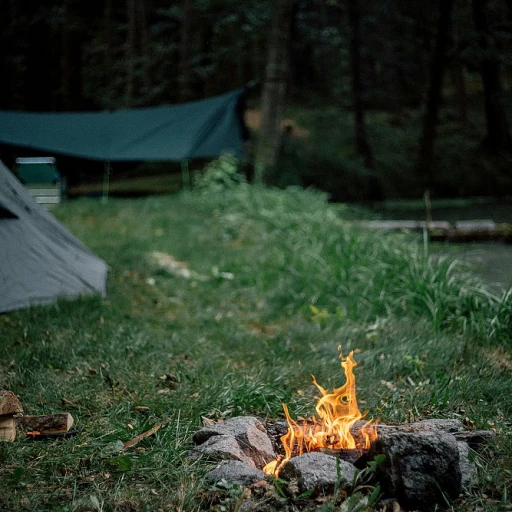
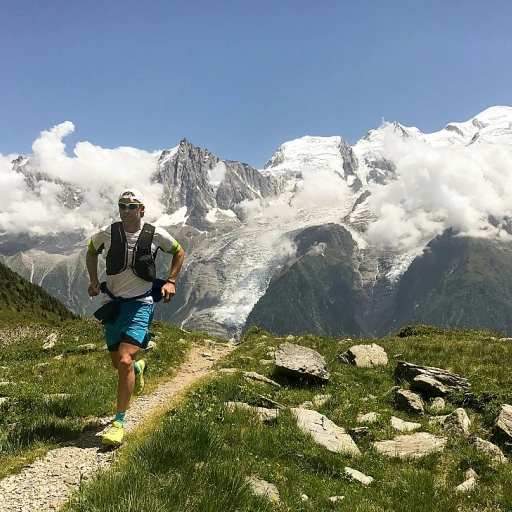


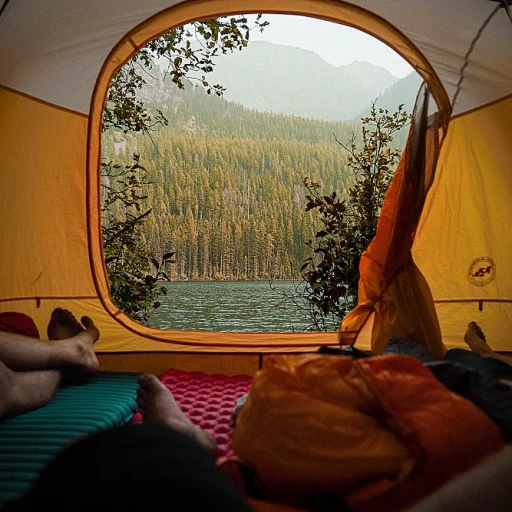


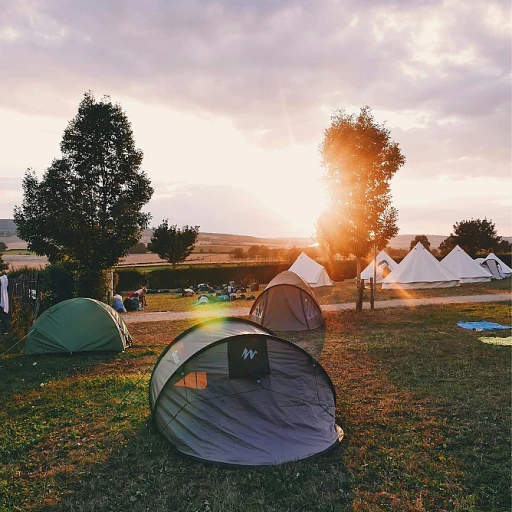
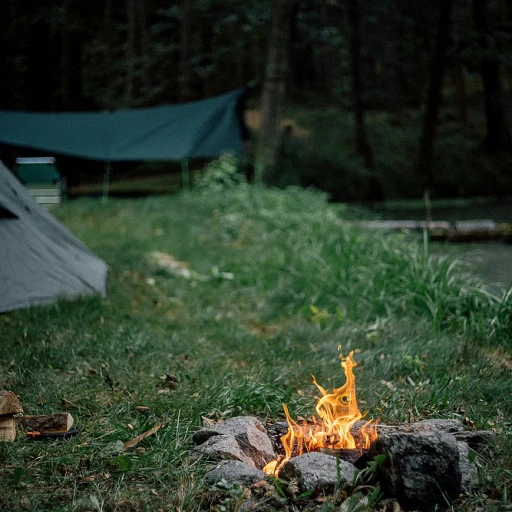
-large-teaser.webp)
